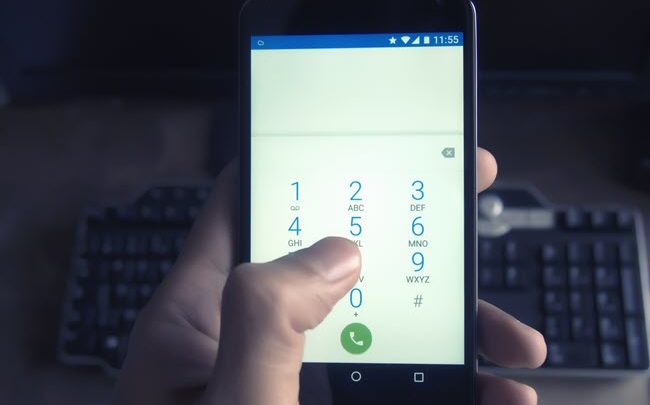Developers create backdoors for every system they create. A back door is an alternative route to settings or any configurations that are either visible through the User Interface or hidden for other purposes.
Smartphones, too, have back doors which are termed as secret codes which you can use to access the hidden settings in your phone. Android being the most used operating system across the world, we take a look at some of the most common secret codes you could use to access the back door of your system.
These codes shared have been compiled from four sites: XDA Developers, I’m Programmer, PC Mag, and Tech Viral.
The secret codes can be used in your default phone dialer where you place your calls. It is important to note that these codes are mainly used by other advanced programmers and if you are not sure of what the code does, we recommend you do not risk a trial.
Must read: Difference between USB Type C and Micro USB
Below is the list of the secret codes and the functions they perform.
*#*#4636#*#* — Testing Menu (Display information about Phone, Battery and Usage statistics)
*#*#7780#*#* — Factory Restore (Resetting your phone to factory state-Only deletes application data and applications)
*#*#34971539#*#* — Camera information
*2767*3855# — Completely Wipe device, install stock firmware
*#*#273283*255*663282*#*#* — Backup all media files
*#*#232339#*#* OR *#*#526#*#*OR *#*#528#*#*–Wireless LAN Test
*#*#7594#*#* — Change Power button behavior ( Changing the power button behavior-Enables direct power off once the code enabled)
*#*#1472365#*#* — Quick GPS Test
*#*#197328640#*#* — Test mode for service activity/service mode
*#*#232338#*#* — Wi-Fi Mac Address
*#*#1575#*#* — Another GPS test
*#*#0283#*#* — Packet Loopback Test
*#*#0673#*#* — Audio Test
*#*#0289#*#* — OR
*#*#0842#*#* — Vibration and Backlight test
*#*#2663#*#* — Check touch screen version
*#*#0*#*#* — LCD test
*#*#2664#*#* — Touch Screen test
*#*#0588#*#* –Proximity sensor test
*#*#3264#*#* — RAM version
*#*#232331#*#* — Bluetooth test
*#*#7262626#*#* OR *3001#12345#* — Field Test
*#67# and *#61# — Call Forwarding status
#31# — Hide Caller ID
*#*#232337#*# — Check Bluetooth device address
*#*#8255#*#* — Google Talk service monitoring
*#*#4986*2650468#*#* — PDA, Hardware, Phone and RF Call Date info
*#*#1234#*#* — PDA and Phone firmware check
*#1234# — Samsung Firmware check
*#12580*369# — Software and Hardware Info
*#301279# — To display HSDPA/HSUPA Control Menu
*#7465625# — Phone lock status
*#0*# — Enter service menu (new phones)
*#*#2222#*#* — FTA hardware version
*#*#1111#*#* — FTA software version
*#06# — Displays IMEI number
*#*#8351#*#* — Enables voice dialing logging mode
*#*#8350#*#* — Disables voice dialing logging mode
##778 + — call brings up Epst menu
##7764726 — Hidden service Menu (Motorola Droid Test)
*#*#44336#*#* — Displays Build time and change list number
*#*#8351*#*#* — Enable Voice Dialing Logging Mode
*#*#8350*#*#* — Disable Voice Dialing Logging Mode
*#*#7780#*#* — Remove Google account setting
*2767*3855# — Reinstall the firmware
*#*#197328640#*#* — Used to enter into Service mode
*#0228# — Battery Status
*#273283*255*3282*# — Data create menu
*#3282*727336*# — Data usage status
*#8736364# — OTA update menu
*#2263# — RF band selection
*#9090# — Diagnostic configuration
*#7284# — USB 12C mode control
*#872564# — USB logging control
*#746# — Debug dump menu
*#9900# — System dump mode
*#*#44336#*#* — Shows Build time change list number
*#03# — NAND flash serial number
*#0782# — Real-time clock test
*#0589# — Light sensor test
*#7353# — Quick test menu
**05***# — Execute from Emergency dial screen to unlock PUK code

